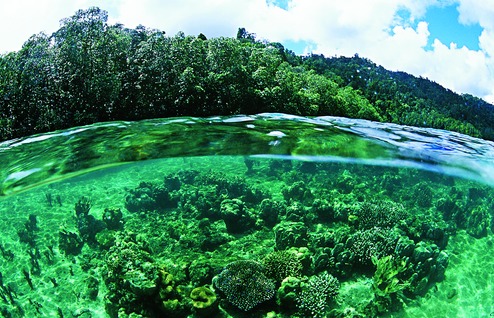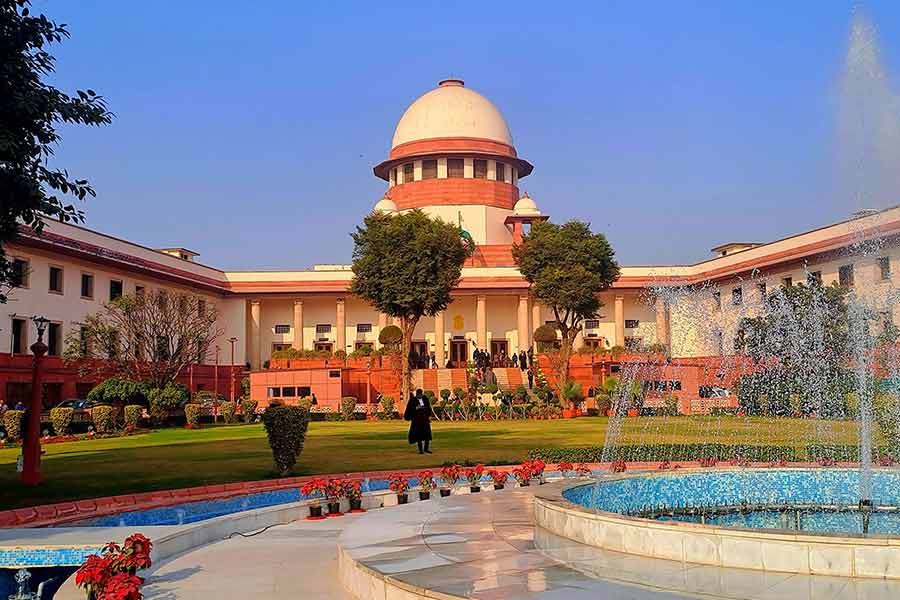
When you are standing barefoot on a beach - even if it is one you visit every year - there is no way to understand whether the sea is higher than before. Yet, it is, because satellite measurements have told us so. Unfortunately, as it cannot be seen with the naked eye, a lot of people refuse to believe that sea levels are rising alarmingly. There are also people on the other end of the spectrum who believe in it so fully that they refuse to live near coastal areas. Neither of these two extremes do any service to the cause and its solutions.
To tackle this problem, we need a thorough knowledge of it and who better to consult than domain experts?
Clinton Conrad is a globally recognised expert who carries out research on the rise in sea levels in both Norway and Hawaii. "It is pretty clear that sea level is, on average, rising globally - we know this from satellite measurements which can detect changes in elevation of the sea surface around the globe. The current rate of rise is a bit over 3mm per year, which represents an acceleration from about 1mm per year that has been detected by tide gauges for the century before 1990. This observed acceleration factors in predictions of up to 1 metre of sea level rise for the next century, which would represent rise rates of up to 10mm per year," he explains.
This does not, however, mean that the sea level is rising uniformly around the globe. In fact, the sea level around a melting glacier will actually dip a little. First, there is ground uplift - all that heavy ice had compressed the ground and after it melts off, the region regains its natural height - and as the land rises the sea level falls a bit. Second, the gravitational pull between seawater and ice raises the sea level immediately around the ice a little. Once the ice disappears, so does the gravity, and seawater returns to its natural, lower level. Therefore, we should expect sea level to drop near regions of rapid deglaciation - and this has been observed in the vicinity of Greenland. While the ice is melting in one part of the earth (poles), sea levels rise in another (equatorial regions). And it is those little pieces of paradise, the tropical atolls, which are most under threat from the rising sea.
Says Sönke Dangendorf, a noted sea level scientist based at the Research Institute for Water and Environment in the University of Siegen, Germany, "At least 45 per cent of this rise cannot be explained by natural climate variability alone and should, therefore, be of anthropogenic [human] origin. While glacier melting and the ocean's thermal expansion have been the dominant contributors to the observed global mean sea revel rise during the majority of the 20th century, the two ice-sheets in Greenland and Antarctica are nowadays significantly contributing to the observed acceleration. The increasing role of the ice-sheets is worrying as they store several hundred times more mass than glaciers do and are, therefore, a much more dangerous component for the future," he warns.
In fact, climate change or global warming - and therefore melting ice - is not the only factor affecting sea level. "We estimate that the depletion of groundwater aquifers ultimately leads to a transfer of groundwater into the oceans, and is thus a non-climatic (but still human-induced) source of sea level rise," says Conrad. "Here the same physics associated with mass loss applies - we expect regions in the vicinity of significant groundwater depletion to exhibit slower than average sea level rise due to the local mass loss. The two areas with the fastest groundwater loss in the world are India and western North America - and indeed tide gauges in these regions suggest slower than average sea level rise," he adds. This is an extremely crucial point to keep in mind while comparing data on the rise in sea level from different parts of the globe.
What can we, humans from all corners of the globe, do to help? First, be aware of the magnitude of the problem and make others aware of it and second, pressurise our different governments to acknowledge the problem and take corrective steps.
"Countries such as Maldives and parts of Bangladesh [not to mention areas in the Sunderbans on the Indian side of the border] may cease to exist if sea levels rise by a few inches. Unfortunately, [while] everyone is concerned about this and discussing it, very little is being done at the ground level due to geo-political considerations," says geologist Vishwas Mehta. "The developing countries are wasting fossil fuels and producing emissions but are advising others to control their carbon footprint. The world community has to rise above short-term geo-politics and unite to combat this threat so that we can leave behind a better world," says the senior IAS officer who has specialised in tourism management in India and abroad.
"Think of it as a bet. If we bet on human-caused climate change as a reality, then we will decrease pollution, discover new, cheaper sustainable energy resources, save materials and clean the planet. If we bet that we have nothing to do with climate change then we will discourage investment in new power sources, run out of fossil fuels and other finite resources, and live in a dirtier planet. The smart money is on behaving as if anthropogenic climate change is a fact. So even if we ignore common sense, empirical evidence and the overwhelming majority opinion of trained and qualified minds, it's the smart thing to do," remarks Stephen Fry, a celebrated TV personality and a vocal activist for science, logic and reasoning in media and popular culture.
This Fry-level scientific temper is likely the key to the safety of human civilisation.
The author is an Indian astrophysicist based at CEED, University of Oslo, Norway











